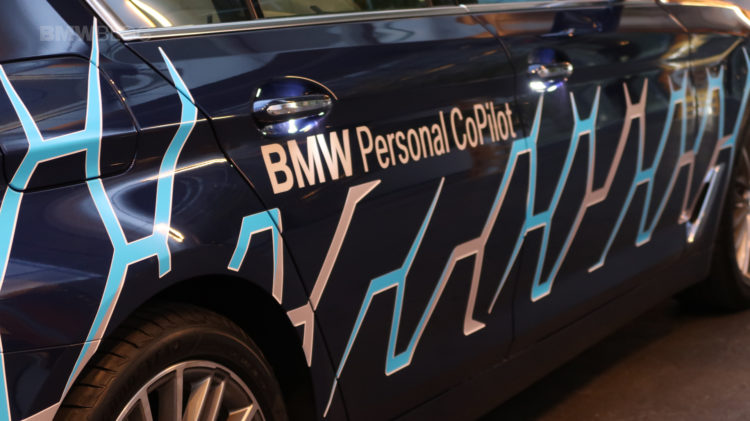BMW has been involved in a partnership with Intel and Mobileye for quite some time now, in search of true Level 5 autonomous tech for future vehicles. The Consumer Electronics Show which is currently taking place in Las Vegas was therefore considered perfect by Intel to share some of its future plans in the field and the company announced that over 2 million cars from BMW, Volkswagen and Nissan will be used to crowdsource data.
In a keynote packed with glimpses into future technologies, Intel CEO Brian Krzanich showed the audience an array of data-driven innovations. In autonomous driving, he unveiled Intel’s first autonomous vehicle in its 100-car test fleet and disclosed that BMW, Nissan, and Volkswagen are moving their Mobileye-based mapping design wins to actual deployments. In the future, the company will also work with Chinese company SAIC Motor and NavInfo to extend crowdsourced map building to China.
 “Data is going to introduce social and economic changes that we see perhaps once or twice in a century,” Krzanich said. “We not only find data everywhere today, but it will be the creative force behind the innovations of the future. Data is going to redefine how we experience life – in our work, in our homes, how we travel, and how we enjoy sports and entertainment.” In this regard, the 2 million vehicles used for data gathering will be using Mobileye Road Experience Management (REM) technology to build and rapidly update low-cost, scalable high-definition maps throughout this year.
“Data is going to introduce social and economic changes that we see perhaps once or twice in a century,” Krzanich said. “We not only find data everywhere today, but it will be the creative force behind the innovations of the future. Data is going to redefine how we experience life – in our work, in our homes, how we travel, and how we enjoy sports and entertainment.” In this regard, the 2 million vehicles used for data gathering will be using Mobileye Road Experience Management (REM) technology to build and rapidly update low-cost, scalable high-definition maps throughout this year.
The news is quite big for BMW which plans to have a car with Level 4/5 capabilities on the road in 2021. Whether it will be functional or even legal by then remains to be seen, as the legislators also have to be in tune with the times and adapt the laws to the technologies to come out in the near future. For example, Remote Parking, a feature offered by BMW, allowing you to park your car using the key fob while outside the cabin was not available to US customers initially, because the legislation didn’t allow you to control and move your car without being in it. Hopefully that won’t be the case when truly autonomous cars roll out.





































































